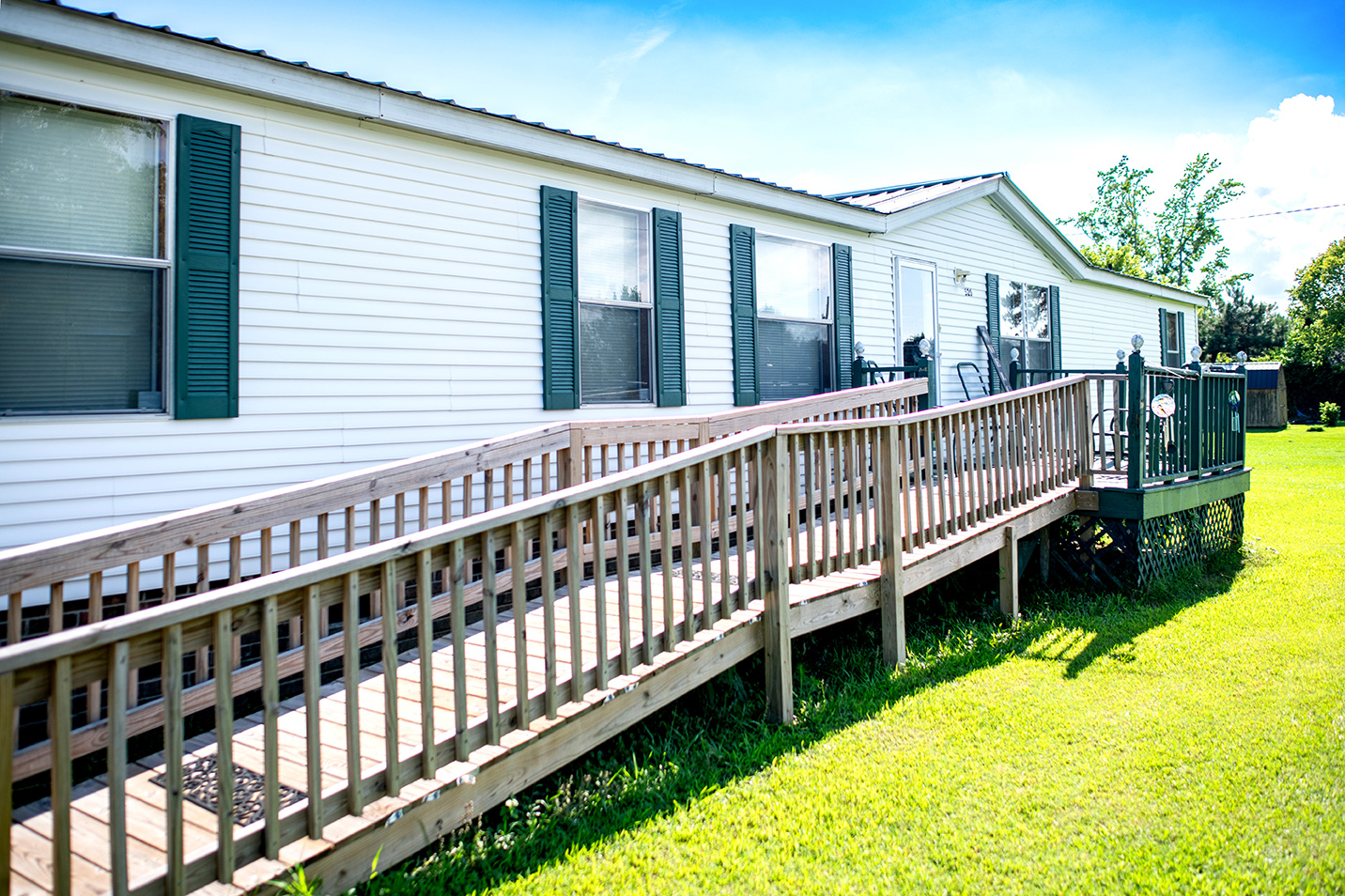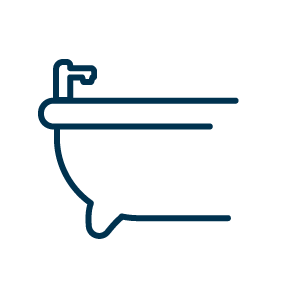Aging in Place
According to a Fannie Mae survey, a majority of homeowners over age 60 would prefer to stay in their current home as they get older. Choosing to stay safely in one’s own home as they get older is known as aging in place. There are many reasons why this may be a good option, from the financial to the practical to the emotional. It’s important to consider one's specific circumstances and preferences when thinking about where to spend later years.
If you or a loved one intends to age in place, planning and preparation can help make it safer, more comfortable, and more enjoyable.
Note: Your situation may be unique and different from those discussed in this article. We recommend consulting with financial and other professional advisors to ensure the best guidance for your specific needs.
Things to consider
Deciding whether to stay in your current home as you age or move elsewhere is an extremely personal choice.
Make sure to consider the many factors that could impact your quality of life, such as:

Personal preference
What do you want and need from your living space and broader living environment?

Health and mobility
What type of outside assistance do you need — or might you need soon — to continue living comfortably in your home? What are the potential costs of this in-home assistance?

Finances
Is remaining in your home long term financially realistic? Consider the cost of any modifications needed to make your home safer and more accessible.

Involvement of loved ones
Can your family or friends provide support? If so, coordinate with loved ones to be sure you’ll have the assistance you need.

Community resources
Are local programs or services available that could assist with your home modifications or other needs?
If you decide to stay in your home as you age, you’ll want your home to be set up and equipped to support you. You may need to make updates or modifications for safety, mobility and accessibility, health concerns, and more. AARP offers the following recommendations to prepare your home.

Tip
If it makes financial sense, consider hiring a professional to conduct a home safety check to identify potential hazards and provide recommendations.
Home preparation checklist
Keep track of tasks as you get your home ready for more comfortable and safe aging in place. Our helpful checklist can be easily downloaded or printed for reference.
Age at home with confidence
Taking proactive steps to plan where and how you want to live as you age could provide more clarity, control, and peace of mind — for yourself and for your loved ones. Prepare ahead of time to more confidently age in place.
Checklist: Prepare your home to support your needs as you age
As you or a loved one consider aging in place, it’s important to make sure your home is as safe, comfortable, and accessible as possible. This checklist is based on information from AARP. Although it is not comprehensive, the list provides an overview of the major adjustments you can consider making to different areas of your home.
You may not need to make every addition or modification in this list. Consider your individual mobility and safety needs right now and how they may change as you age. Then decide what will work best to support your independence and enhance your daily life.

Bathroom
- Install a walk-in shower.
- Use a shower chair and handheld showerhead.
- If you have a tub, add grab bars and a non-slip mat.
- Raise the height of the toilet seat.
- Install lever-style faucets.

Kitchen
- Get a stove that alerts you if burners are left on.
- Move appliances to more convenient locations, if possible.
- Replace refrigerator and other appliances with more accessible models, if needed.
- Add slide-out drawers for easier access.

Bedroom
- Move your bedroom downstairs, if needed.
- Ensure your bed is easily accessible or invest in an adjustable bed.

Living areas
- Declutter and get rid of unneeded items taking up space.
- Choose chairs with armrests for easier sitting and standing.
- Purchase a lift chair, if needed.

Stairs
- Make sure railings are sturdy and secure.
- Add carpet or other non-slip material to steps.
- Install an electric stair lift, if needed.

Flooring
- Replace shaggy carpeting with short-pile carpets for easier mobility.
- Secure area rugs to avoid tripping.
- Consider covering hard flooring with short-pile carpet to reduce injuries from falls.

Lighting
- Install plenty of lighting and use easy-access switches.
- Add night-lights where needed.
- Consider smart home features like voice-activated lighting.

Doors and entryway
- Ensure all doors are wide enough for wheelchair or walker access.
- If needed, install swing-clear hinges on doors for more space.
- Replace doorknobs with lever-style handles.
- Install an entry ramp or other no-step option.
- Make sure any entry steps are in good condition

Outdoor
- Install automatic lights outside and in your garage.
- If you garden, add raised garden beds for easier access.
More to explore
How to Build Your Maintenance and Repair Budget
Take these steps to create a maintenance budget that helps you stay on top of regular upkeep and save for more expensive repairs.
Understanding Your Monthly Mortgage Statement
Learn more about mortgage terms like principal, interest, and escrow to help you better understand your monthly mortgage statement.
Should I Refinance?
If interest rates have dropped, or your credit score has improved, you may be able to get better home loan terms by refinancing.





